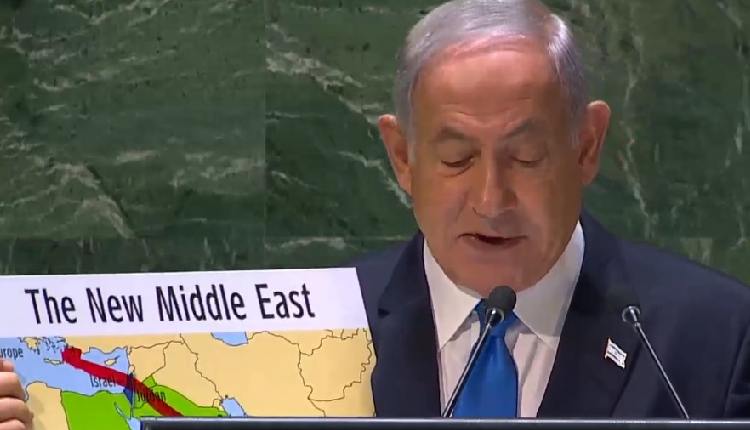
With an external public debt of over US$ 90 billion, Pakistan is clearly on the brink of an economic disaster. Data recently released by the Ministry of Economic Affairs shows that Pakistan made a net addition of US$4.77 billion in the first half (July–December 2021) of the current fiscal year to its total external public debt of US$90.6 billion. Consequently, reserves of the State Bank of Pakistan (SBP) plummeted to US$ 10.308 billion, a decrease of US$ 190 million. External debt repayments resulted in the rapid descent in reserves. According to official figures, reserves which the SBP currently possesses can cover imports, for only about 1.54 months.
According to figures released by the Economic Affairs Ministry for the period July-December 2021, total external loan inflows during the first half of the year amounted to US$8.972 billion against loan outflows of US$4.2 billion, thus making a net addition of US$4.772 billion. Therefore, the Quarterly Report of the Economic Affairs Ministry states that as of December 31, 2021, Pakistan’s total external public debt stood at $90.6 billion. During the first half of FY 2022, the Government of Pakistan signed new loan agreements worth US$8.481 billion as commitments. These included US$2.484 billion worth of agreements with foreign commercial banks, US$1.956 billion with multilateral development partners, US$3 billion as safe deposits, US$1 billion committed as Eurobonds, and another US$1 billion from the international capital markets through tap-issuance.
A look at the break up of Pakistan’s loan commitments (from July to December of FY 2022), shows that US$7.545 billion (or 89 per cent of total commitments) was set aside for programme financing via foreign commercial banks and Eurobonds to broaden and deepen the financial system, improve fiscal management, and strengthen the regulatory framework in order to promote growth and competitiveness in Pakistan. Similarly, a total of US$894 million (or 11 per cent of total commitments) was set aside for project financing. Actual disbursements (against both old and new commitments) stood at US$9.131 billion and were mainly under the projects and programmes, loans and grants from multilateral and bilateral development partners and financial institutions. Pakistan’s external debt, is mostly accounted for by multilateral lenders (the World Bank, IMF& ADB), bilateral lenders (Paris Club), and commercial lenders.
Among multilateral development partners, the Islamic Development Bank (IsDB) topped the list with US$834 million (US$762 million as short term and US$72 million as long term), followed by the Asian Development Bank (ADB) with US$800 million (40 per cent of multilateral partners) and the World Bank with 16 per cent of multilateral partners. Disbursements included US$2.907 billion or 32 per cent from multilateral development partners, primarily the ADB, World Bank, and IsDB, followed by US$2.03 billion or 22 per cent from foreign commercial banks, US$1 billion or 11 per cent from bonds, US$3 billion or 33 per cent in safe deposits from friendly countries, and US$150 million or 2 per cent from bilateral lenders such as China, the United States, and the United Kingdom.
Trade deficits and increasing current account coupled with dried up dollar inflows, and external debt payments have resulted in an alarming dip in Pakistan’s foreign exchange reserves, plunging to a record low since December 2019. According to SBP data, currency inflows lasted at US$ 16.4 billion in a week from US$ 16.5 billion which ended on 6 May 2022. The SBP data further revealed that the foreign reserves of Pakistan had declined by US$ 178 million and arrived at US$ 16.376 billion. Amidst this decline, Pakistan requires quick foreign currency inflows in order to meet debt payments and imports.
To achieve this, the government has to cut costly energy subsidies, introduced earlier by the Imran Khan government. With the delay in the revival of the International Monetary Fund (IMF) programme and falling foreign currency reserves, the Pakistani rupee has also hit an all-time low against the US Dollar, crippling the country’s economy. Dwindling reserves have put Pakistan’s currency under immense pressure, resulting in a dip of Rs. 191.77 per dollar. The government paid an amount of US$5.039 billion during July–December 2021 on account of debt servicing of external public loans. This consists of principal repayment of US$4.2 billion and interest payments of US$839 million.
The decline of foreign exchange reserves is a result of Pakistan’s inflation of twin deficits, a lack of foreign currency inflows, and a sharp increase in the foreign debt servicing obligations. Pakistan’s debt would have helped if it had been invested to build the productive capacity of the economy, generating returns greater than the interest rate and earning forex through growing exports. But the fact that Pakistan is taking on more debt to manage previous debt and the exports-to-GDP ratio has declined shows that challenge is likely to increase.
Pakistan is one of the fifty-two countries facing severe debt crisis. The most critical problem faced by the country’s economy is repayment and servicing of external debt. Persistent borrowing creates a spiral with more borrowing leading to an impending economic crisis. Empirical evidence supports the view that a large portion of the government debt has a negative impact on economic growth potential, and in many cases the impact gets more pronounced as debt increases. The high degree of indebtedness has made Pakistan more vulnerable to economic shocks and weakened it politically vis-a-vis external lenders. It has also greatly reduced Pakistan’s ability to do what needs to do be done, for example, invest in education and healthcare.






